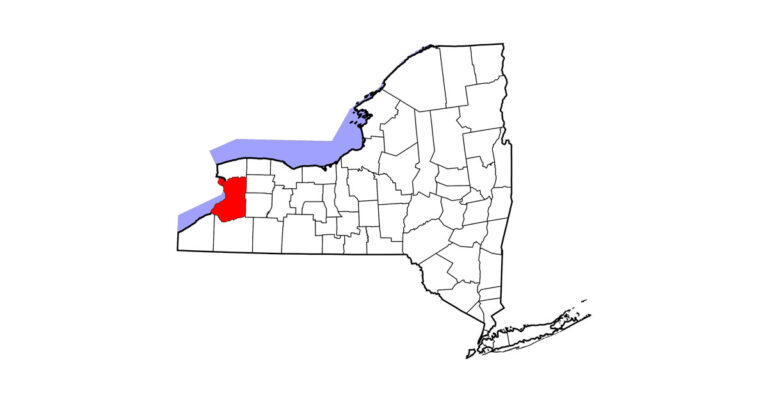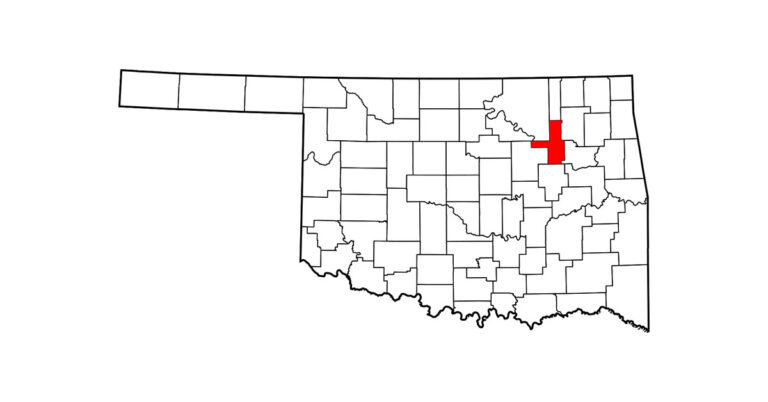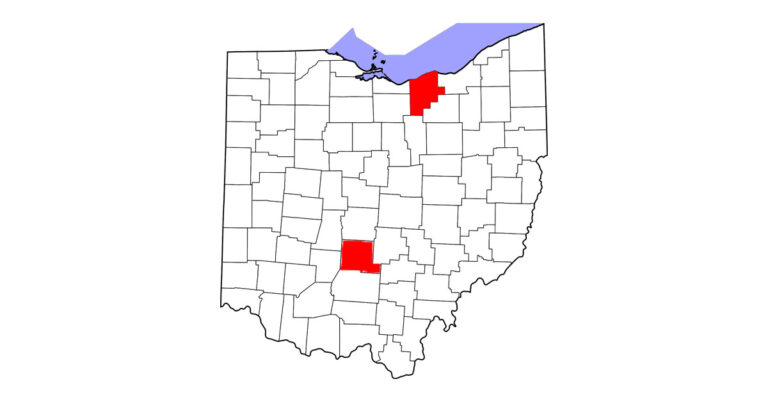 Credit: COURTESY, PNAS Overview of a Theiler’s disease outbreak: 22 horses on Farm A suspected of exposure to botulinum toxin were treated with equine antibotulinum toxin hyperimmune plasma. Five horses (gray) received antitoxin from one source and 17 horses (black) received an independently sourced batch. Fifteen horses (white) went untreated. Of the horses treated with antitoxin, eight showed signs of acute hepatitis (yellow boxes) within eight weeks of antitoxin administration. All other horses were asymptomatic.
Credit: COURTESY, PNAS Overview of a Theiler’s disease outbreak: 22 horses on Farm A suspected of exposure to botulinum toxin were treated with equine antibotulinum toxin hyperimmune plasma. Five horses (gray) received antitoxin from one source and 17 horses (black) received an independently sourced batch. Fifteen horses (white) went untreated. Of the horses treated with antitoxin, eight showed signs of acute hepatitis (yellow boxes) within eight weeks of antitoxin administration. All other horses were asymptomatic.Scientists have discovered a virus that triggers a life-threatening liver disease in horses, solving a longstanding medical mystery. Theiler’s disease (equine serum hepatitis) has been recognized for nearly 100 years, but until now no one could find the cause.
Outbreaks of Theiler’s disease can occur weeks after horses are given equine blood products such as hyperimmune plasma and serum antitoxin, which are used to treat those exposed to diseases such as tetanus. Veterinarians long suspected that a disease-causing agent lurked in some batches of these products. After all, hepatitis was a risk for people receiving blood transfusions until the human hepatitis B and C viruses were identified and blood products could be screened. But when researchers hunted for similar viruses in horse blood products, they came up blank.
The work that solved the puzzle began after veterinarians at Cornell University were asked to consult at a farm where, weeks earlier, several horses had developed botulism after eating contaminated feed. Sick horses and others exposed to the contaminated feed had been given botulism antitoxin, using two separate lots of the product. Eight of 17 horses treated with one lot developed acute hepatitis. Five horses treated with the other lot didn’t nor did untreated horses on the farm.
Clearly, one batch of the antitoxin was suspect. The Cornell vets reached out to the Novartis Institute of Biomedical Research in Emeryville, California, where scientists analyzed the antitoxin and serum samples from affected horses. They identified a previously unknown virus as the likely cause. Theiler’s disease-associated virus, or TDAV, as it’s now called, belongs to the same viral family as the human hepatitis C virus, but it’s so different that earlier research missed it. The Novartis researchers used the latest techniques—next-generation sequencing and open-source analysis—to identify it and map its complete genome.
Next, the researchers screened serum samples from 60 horses—37 from the affected farm, 20 from a distant farm with no exposure to antitoxin and three donor horses whose blood was used to make the suspect antitoxin. The virus turned up only in the horses who received the suspect batch and in one of the donor horses. No sign of it was found in any of the others. The researchers also administered the suspect antitoxin to four healthy horses. The virus appeared in all four. The full results, published in Proceedings of the National Academy of Sciences, are online at www.pnas.org.
There’s much more to learn about TDAV and other factors that may be at play in the development of Theiler’s disease. A Cornell research team led by Thomas Divers, DVM, is beginning that work. If the virus is confirmed as the cause of the disease, it’s likely that equine blood products will be screened for it, ending the risk.
This article originally appeared in the June 2013 issue of Practical Horseman.










